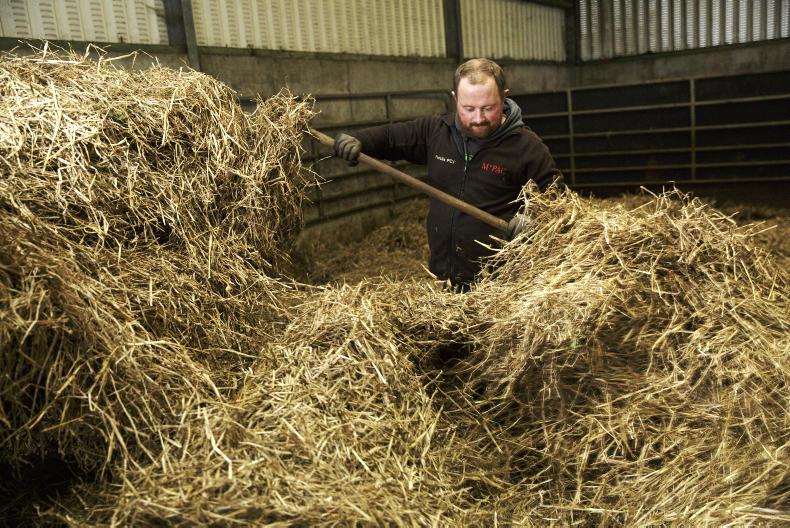The finishing heifers were sold last week.
They were the spring 2016 calves that didn’t make the grade as replacements. Grades and fat scores were almost identical to last year but average carcase weight was up 19kg.
A kill-out of 54% resulted in 291kg carcase weight. It’s taken a few harsh lessons over the last few years to get to this point and the finetuning of the finishing operation will continue.
Looking through the kill sheet most of them were close to the average with a handful at opposite extremes. Some performed better than others and it was interesting to note the two with the lowest fat covers were the same two who were more awkward to deal with. You could put money on them not coming into the yard or being the last ones to leave a paddock. Thankfully, those flighty-type of animals are getting fewer each year.
Given the wet late summer and autumn, the grazing plan was adapted considerably. Where possible, animals were housed a bit earlier or groups at grass minimised. I still wanted to keep on top of the autumn grazing rotation as much as possible. Grass growth has been relatively good in the grazed out paddocks.
With later calving this year, many of the weanling heifers are smaller than usual so the plan at the moment is to train them to come in and out of the house earlier than usual. This is so they are ready to get to grass by day at the earliest opportunity. However, as we all know, plans can change but if you don’t have one it makes farming or planning your workload harder too.
It will be good training for them in the long run.
For some reason, I find myself almost a month ahead of schedule. Vaccinations and winter dosing is almost under control with only the in-calf heifers and a group of young cows at the young stock yard left. Given the fragmented nature of the farm I tend to wait until I have as big a group as possible together for running them through the crush.
Dung samples were taken and they read high for rumen fluke with nothing else showing up. Some of the older cows are almost in too much condition.
Straw will be introduced into their diet soon and that usually helps to prevent cows getting over fat. This year will see a group of cows outwintered on grass that has been held over. I didn’t envisage doing this when thinking through the winter accommodation plan in midsummer but for a number of reasons this is how it has worked out. It’s the first time since the shed was built that this will happen. I don’t miss those good old days. They were a lesson in hardship but we were at the limit of our yard capacity at the time.
Cow numbers were much lower then too. When numbers grew, kale was used for three winters. Prior to that, different combinations of round feeders and bales under wire were the cow feeding facilities. For someone who didn’t grow up driving tractors it was a school of hard knocks.
After almost a decade, I learned to make up for the lack of four-wheel-drive in the Ford 4000. The differential and side brakes saw plenty of action. Every Tuesday and Friday, cows had to be fed regardless of weather. It was utter misery at times and unsustainable for man or soil.
It was, in the words of a Kerry man I heard recently, utter tormentation.






 This is a subscriber-only article
This is a subscriber-only article









SHARING OPTIONS: